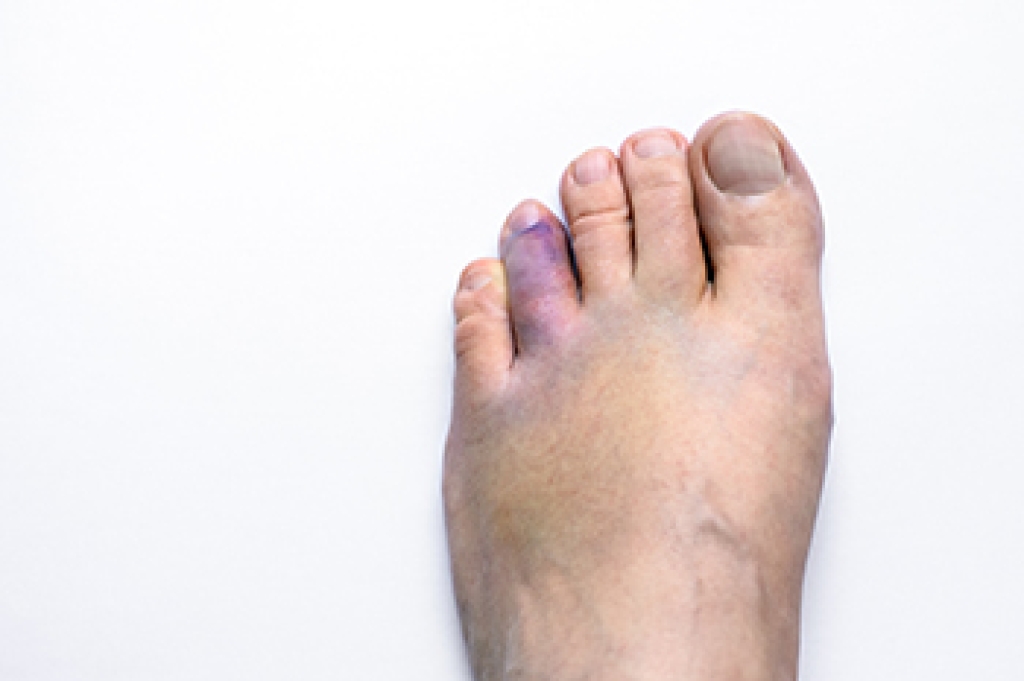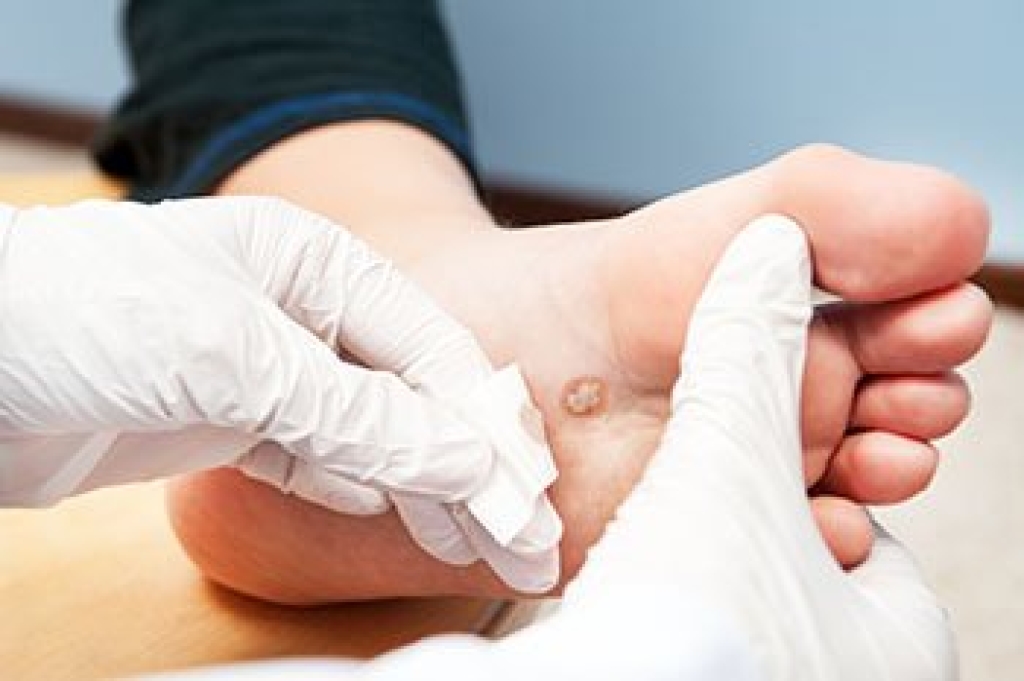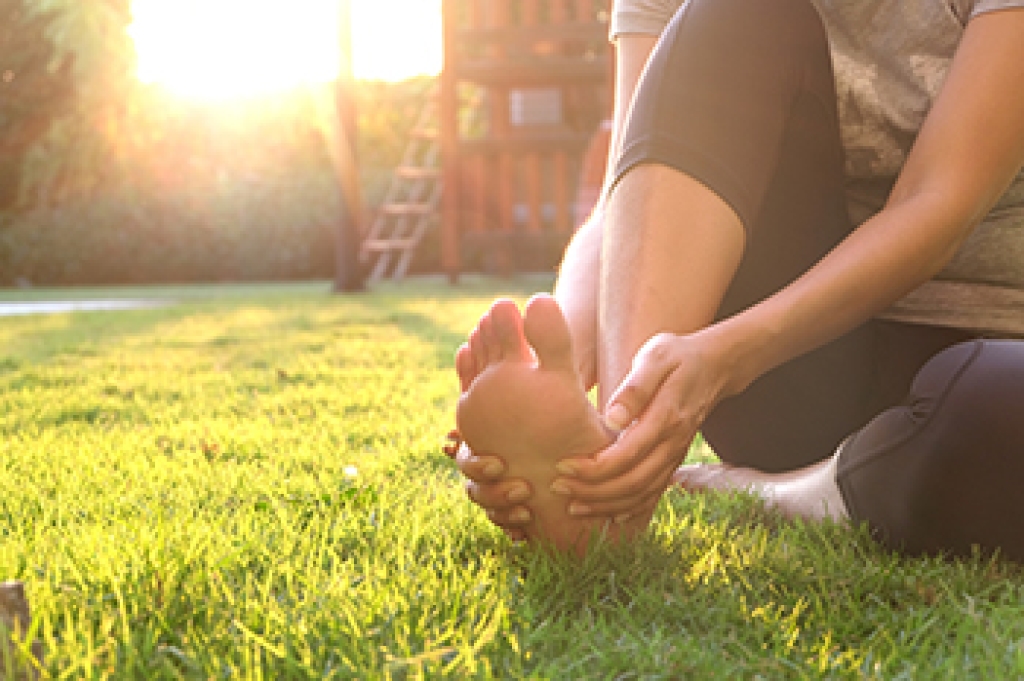
A broken toe, although seemingly minor in the realm of injuries, can be incredibly painful and disruptive. Knowing the causes and recognizing the symptoms is essential for timely and appropriate medical care. The causes of a broken toe are diverse, typically resulting from direct trauma such as stubbing the toe against a hard object, dropping something heavy on it, or sustaining an injury during physical activities. Moreover, fractures can occur due to repetitive stress, as seen in athletes or those who engage in high-impact sports. Recognizing the symptoms of a broken toe is vital for prompt diagnosis and treatment. These often include severe pain, swelling, bruising, and difficulty in moving the affected toe. In some cases, the toe may appear misshapen or discolored. Pain tends to intensify while bearing weight or when trying to move the toe. Seeking medical attention is important to assess the extent of the injury, and the appropriate treatment method can then begin. If you have broken your toe, it is suggested that you visit a chiropodist who can accurately diagnose and treat this condition.
A broken toe typically occurs following either a sudden, traumatic injury, like dropping a heavy piece of furniture on the toe. The impact causes the bone to fracture and produces a variety of painful symptoms. If you suspect that you’ve broken your toe, please consult with one of the chiropodists from The Footcare Centre. Our chiropodists can help you maintain the health of your lower limbs and your mobility.
Symptoms
- Throbbing pain
- Swelling
- Bruising
- Cracking sound at the time of injury
- Difficulty bearing weight on the toe
- Difficulty walking
- Toe resting at an unnatural angle
Diagnosis
Your chiropodist can diagnose a broken toe through physical examination and imaging studies, such as X-rays.
Treatment
The main goals of treatment are to ensure that the bone heals properly, as a toe fracture that doesn’t heal properly can lead to osteoarthritis. You will typically need to rest the affected toe. You may be prescribed a splint to immobilize the toe while it heals. Icing the affected toe and taking over-the-counter medications can help reduce pain. In cases of severe fractures, surgery may be necessary to reset the broken bones and make sure that they heal correctly.
If you have any questions, please feel free to contact our office located in . We offer the newest diagnostic and treatment technologies for all your foot care needs.




